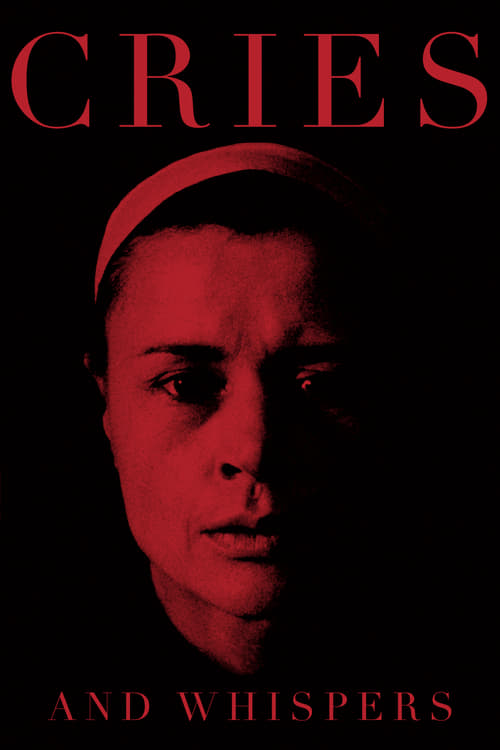
Title: Cries and Whispers
Year: 1972
Director: Ingmar Bergman
Writer: Ingmar Bergman
Cast: Liv Ullmann (Maria),
Ingrid Thulin (Karin),
Kari Sylwan (Anna),
Harriet Andersson (Agnes),
Erland Josephson (David),
Runtime: 95 min.
Synopsis: As Agnes slowly dies of cancer, her sisters are so immersed in their own psychic pains that they are unable to offer her the support she needs.
Rating: 7.9/10
Crimson Echoes: The Unyielding Pulse of Bergman’s Sorrow
/10
Posted on July 24, 2025
Ingmar Bergman’s Cries and Whispers (1972) is a raw, pulsating exploration of human isolation, rendered in a palette of crimson and shadow that feels like a wound laid bare. The film’s power lies not in narrative sprawl but in its claustrophobic intimacy, a chamber piece where every glance and silence screams with unspoken grief. Bergman’s direction is a masterclass in restraint, wielding the camera like a scalpel to dissect the fragile bonds between three sisters Karin (Ingrid Thulin), Maria (Liv Ullmann), and the dying Agnes (Harriet Andersson) and their maid, Anna (Kari Sylwan). The screenplay, lean yet lacerating, prioritizes emotional texture over plot, its dialogue sparse but heavy with subtext, like whispers caught in a storm. Each line feels excavated from the soul, revealing the sisters’ failures to connect, their guilt, and their desperate need for absolution.
Sven Nykvist’s cinematography is the film’s heartbeat, transforming the red-drenched interiors of the manor into a psychological crucible. The color red omnipresent in walls, curtains, and fades becomes a character, embodying passion, pain, and mortality. Nykvist’s close-ups, particularly of Andersson’s anguished face, are almost unbearable in their vulnerability, capturing Agnes’s suffering with a tenderness that contrasts the sisters’ emotional paralysis. The lighting, soft yet unyielding, mirrors the film’s tension between warmth and desolation, making every frame a painterly meditation on decay.
The performances are extraordinary, with Andersson’s portrayal of Agnes a quiet revelation. Her physicality wracked yet dignified conveys a spiritual resilience that anchors the film. Thulin and Ullmann, as the repressed Karin and fickle Maria, deliver nuanced portraits of self-absorption, their fleeting moments of tenderness undercut by cowardice. Sylwan’s Anna, however, is the soul of the film, her silent acts of care offering a counterpoint to the sisters’ detachment. Her final embrace of Agnes is a pietà-like image of unconditional love, a moment of grace in a narrative steeped in despair.
If the film falters, it’s in its occasional opacity Bergman’s symbolic flourishes, like the dreamlike interludes, can feel more elusive than illuminating, potentially alienating viewers seeking clarity. Yet this ambiguity is also its strength, inviting reflection long after the screen fades. The soundscape, minimal yet haunting, amplifies the film’s emotional weight, with Chopin and Bach punctuating moments of unbearable silence. Cries and Whispers is not a film to be watched but to be endured, a mirror to our own fragility, demanding we confront the spaces where love falters and persists.
0
0
